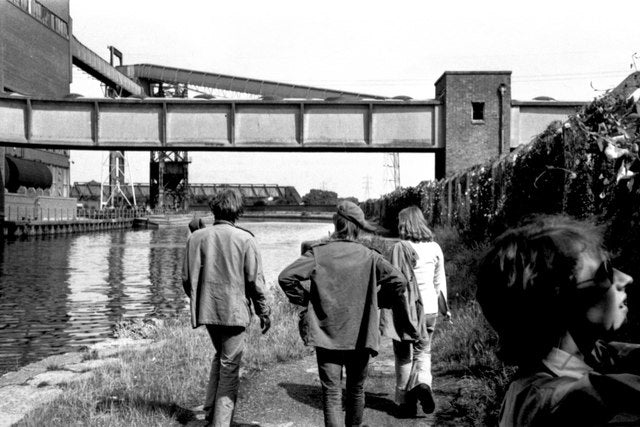Corozo, the "vegetable ivory", renders plastic buttons obsolete
Use of Corozo buttons is one of the many steps we are taking to make our garments environmentally friendly. But not many people have heard about this magical material, so we took it upon ourselves to share how the Corozo goes from nut to button.



